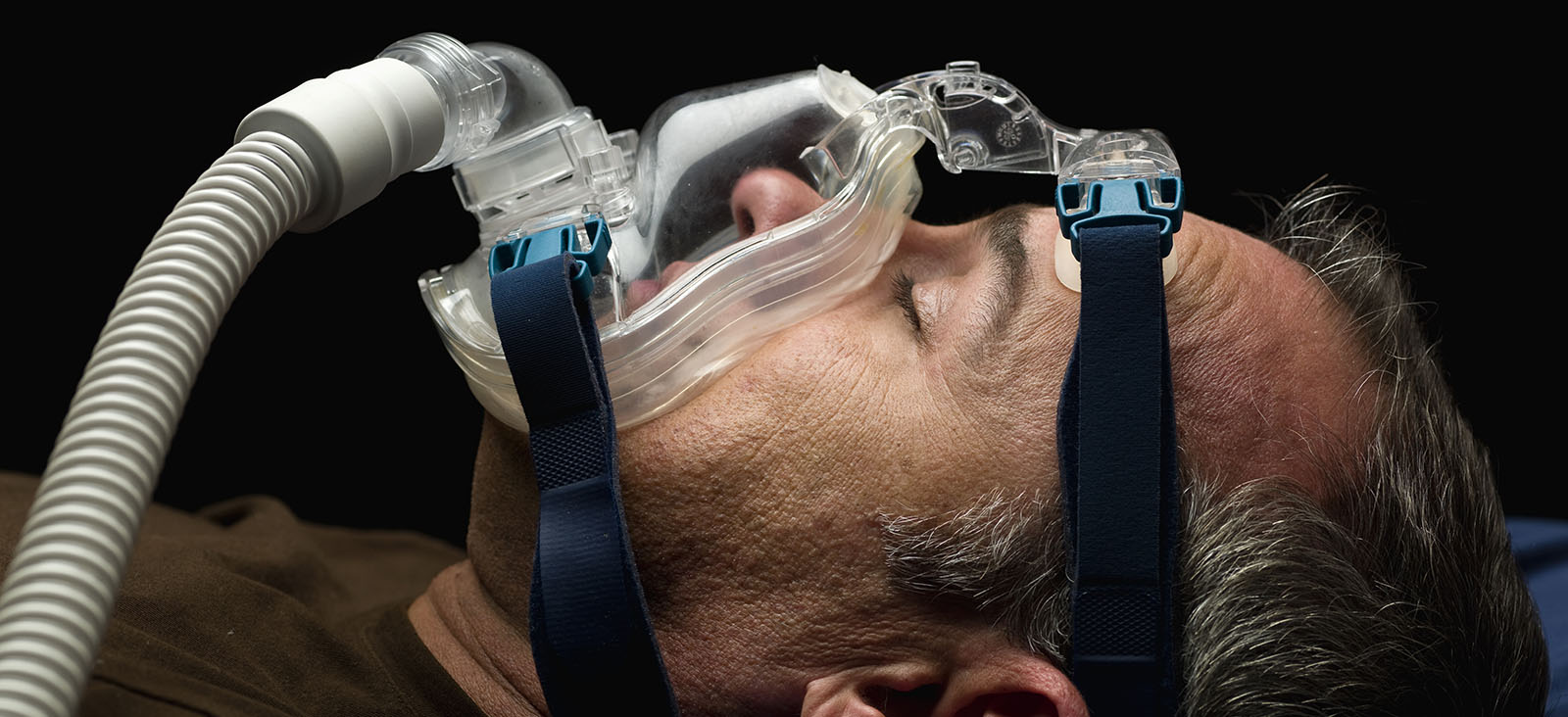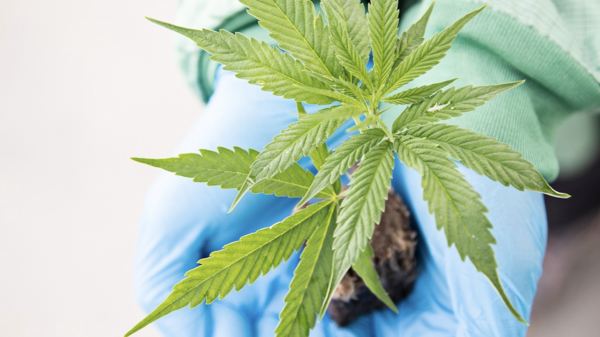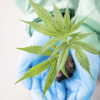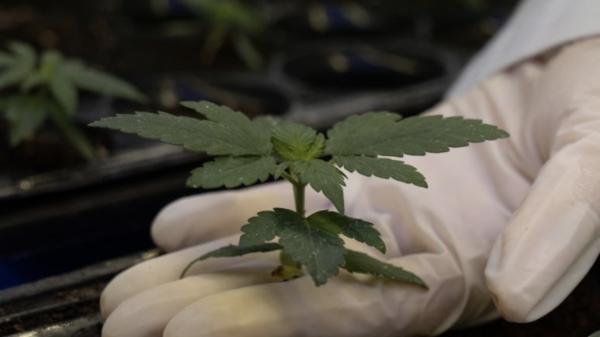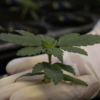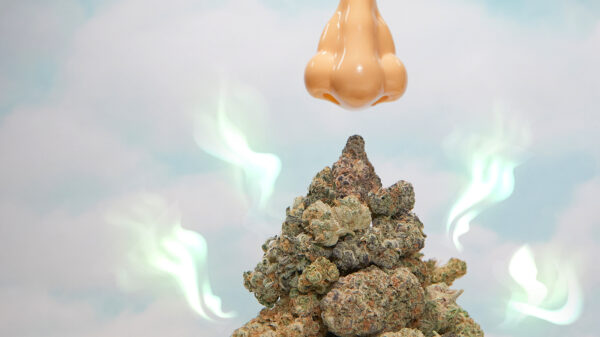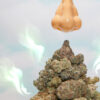Medical cannabis has demonstrated its ability to aid people who suffer from sleep apnea in a study with more than 3,100 participants analyzing five years of data. The assessment is the largest of its kind to date.
Published by the Minnesota Office of Cannabis Management on Thursday, the analysis most notably found that nearly 40 per cent of patients with the condition enrolled in the office’s medical cannabis program noticed substantial improvements from consumption. The state-backed organization collects data on patients regularly and is mandated to study it.
They “experienced significant improvement in their sleep within four months of beginning treatment and were able to maintain the sleep improvement for an additional four months,” the researchers specified. On average, they said that medical marijuana alleviated their symptoms by 30 per cent.
Meanwhile, more than 55 per cent reported that the cannabis plant helped lessen their fatigue and just under one third said it helped alleviate depression. The majority of them smoked medical weed while a smaller percentage used edibles, topicals or oromucosal spray products.
“Products intended for inhalation, including raw flower, ground flower, and pre-rolls, were the most popular with obstructive sleep apnea patients accounting for 64.2 per cent of all products purchased,” the state-backed researchers explained in the study.
Read more: Nasdaq-listed Bon Natural Life launches broccoli-derived sleep supplement line
Sleep apnea causes those with the condition to stop breathing multiple times throughout the night.
In addition to fatigue and headaches, it can lead to other health problems like high blood pressure, diabetes or even strokes.
Those who have a family history of the disease and people who are overweight are at a higher risk of developing sleep apnea. About a quarter of adults between the ages of 30 and 70 have it.
Cotton mouth was the most common side effect
Having a dry kisser after burning one down was the most frequent issue patients reported. Dry mouth accounted for 35 per cent of all reported side effects during the study period.
Unsurprisingly, increased appetite or the munchies was the second most common while sleepiness took third place.

Graph: Minnesota Office of Cannabis Management
Read more: Hapbee boosts retail footprint via partnership with Snooze Mattress Company
Follow Rowan Dunne on LinkedIn
rowan@mugglehead.com

